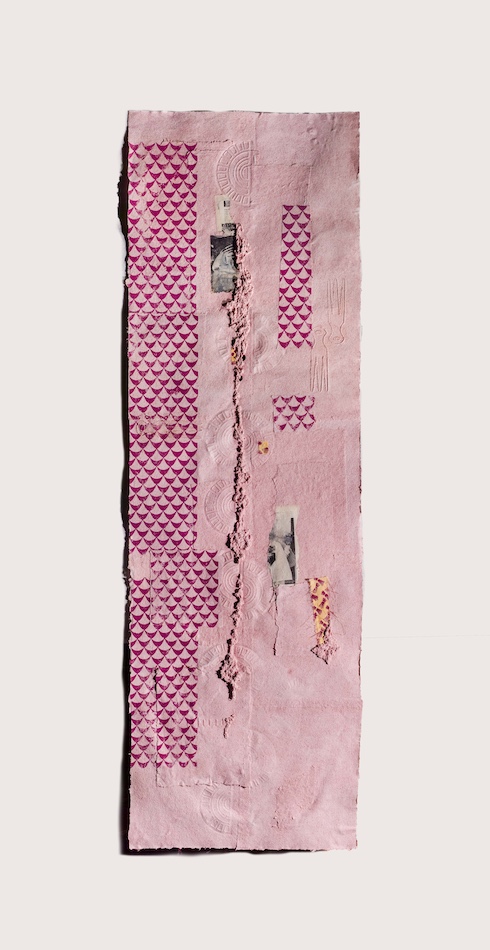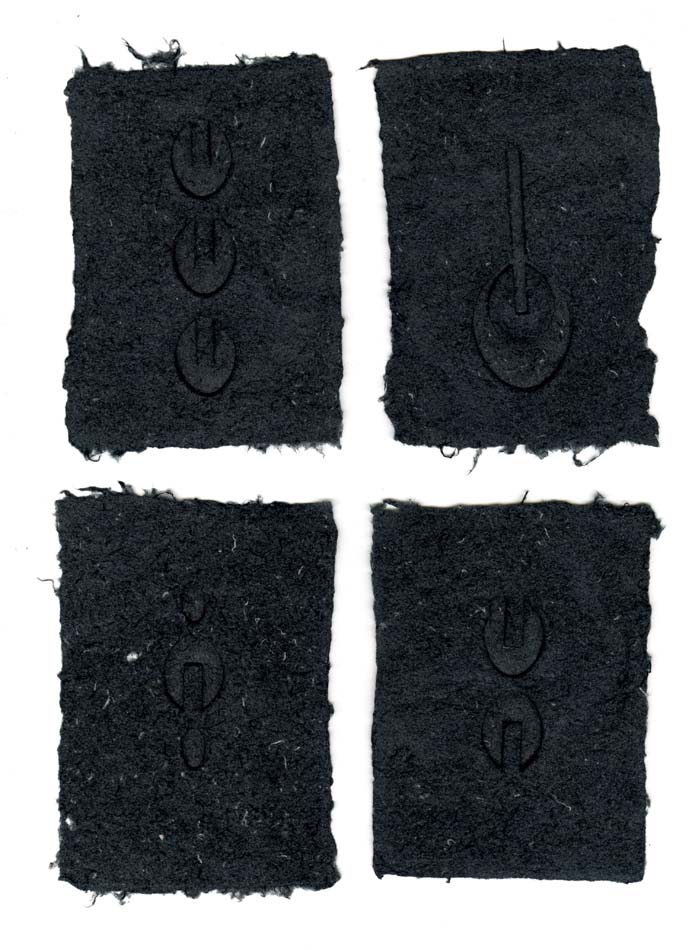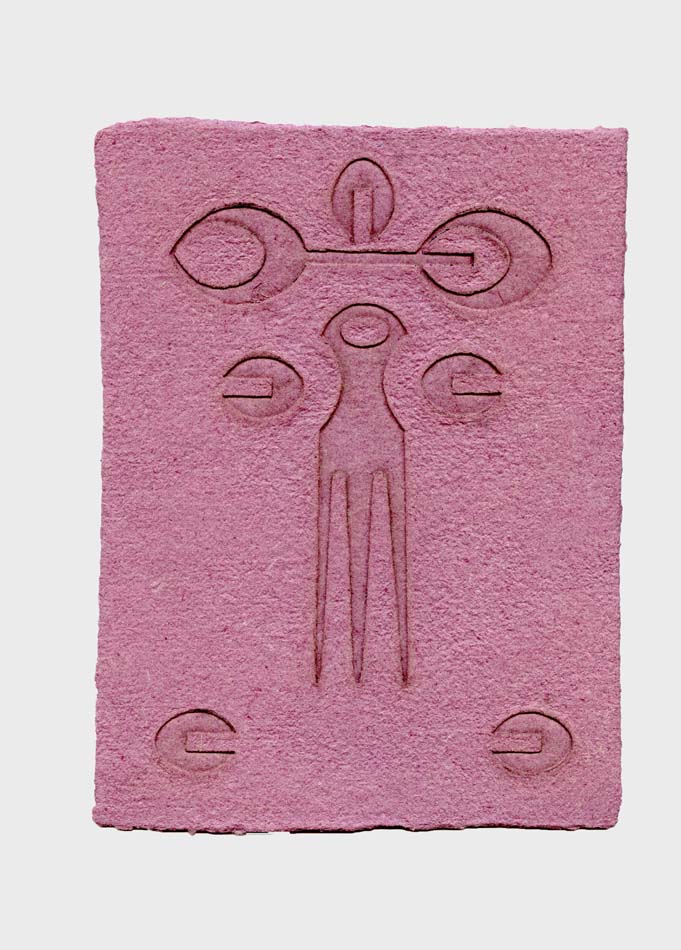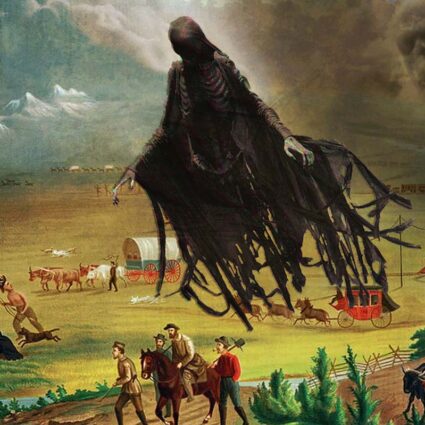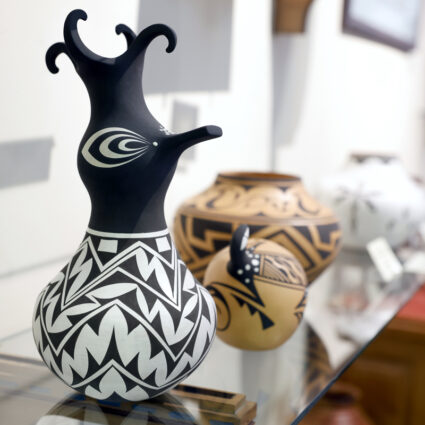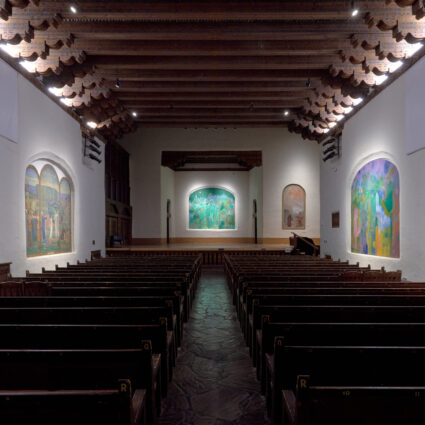Phoenix-based designer and interdisciplinary artist Wabwila Mugala uses chitenge fabric to build a unique visual glossary of diasporic symbols.

Phoenix, Arizona | wabwila.com | @wabwilam
Phoenix-based designer and interdisciplinary artist Wabwila Mugala uses chitenge fabric, an African textile that uses batik to achieve its design, to build a unique visual glossary of diasporic symbols. Born in Zambia and raised in the United States, Mugala states that she remains “interested in the ‘call-and-response’ in the African diaspora—the ways culture, art, and language travel between Afro-descendants everywhere in the world.”
While her fabricated lexicon has no pure origin, it reflects personal experience and the preserved stories, songs, and other Black cultural productions inspired by multiple contexts. It also recalls “the nomadic and innovative traditions” that allow diasporic subjects to bear witness to their past and future. Mugala elaborates: “Despite horrors like slavery, colonialism, and neocolonialism, we continue to imagine a brighter, hopeful, and radical future, using creativity to remember the past and imagine a collective, connected, and loving world.”
Using chitenge as a medium, Mugala highlights its omnipresence in the African diaspora. She explains, “Children are carried in them, brides get the fabric tailored for a ceremony—it’s everywhere!” Moreover, drawing from Paulette Young’s scholarship on Dutch wax fabrics, Mugala directs our attention to the “counter-appropriation” of African women who used a foreign wax-print technique to produce and distribute their own culturally appropriate cloth.
The designs, Mugala clarifies, may also hold proverbs or information about the people and places that create them. Her practice follows “this legacy of designing, naming, and appropriating as a means of carrying and transmitting knowledge.” While the symbols may not be familiar or legible to all viewers, Mugala encourages us to decode her pieces beyond the aesthetically pleasing patterns she creates, enriching us with an expansive and intimate “matrix of cultures, language, and identity.”

